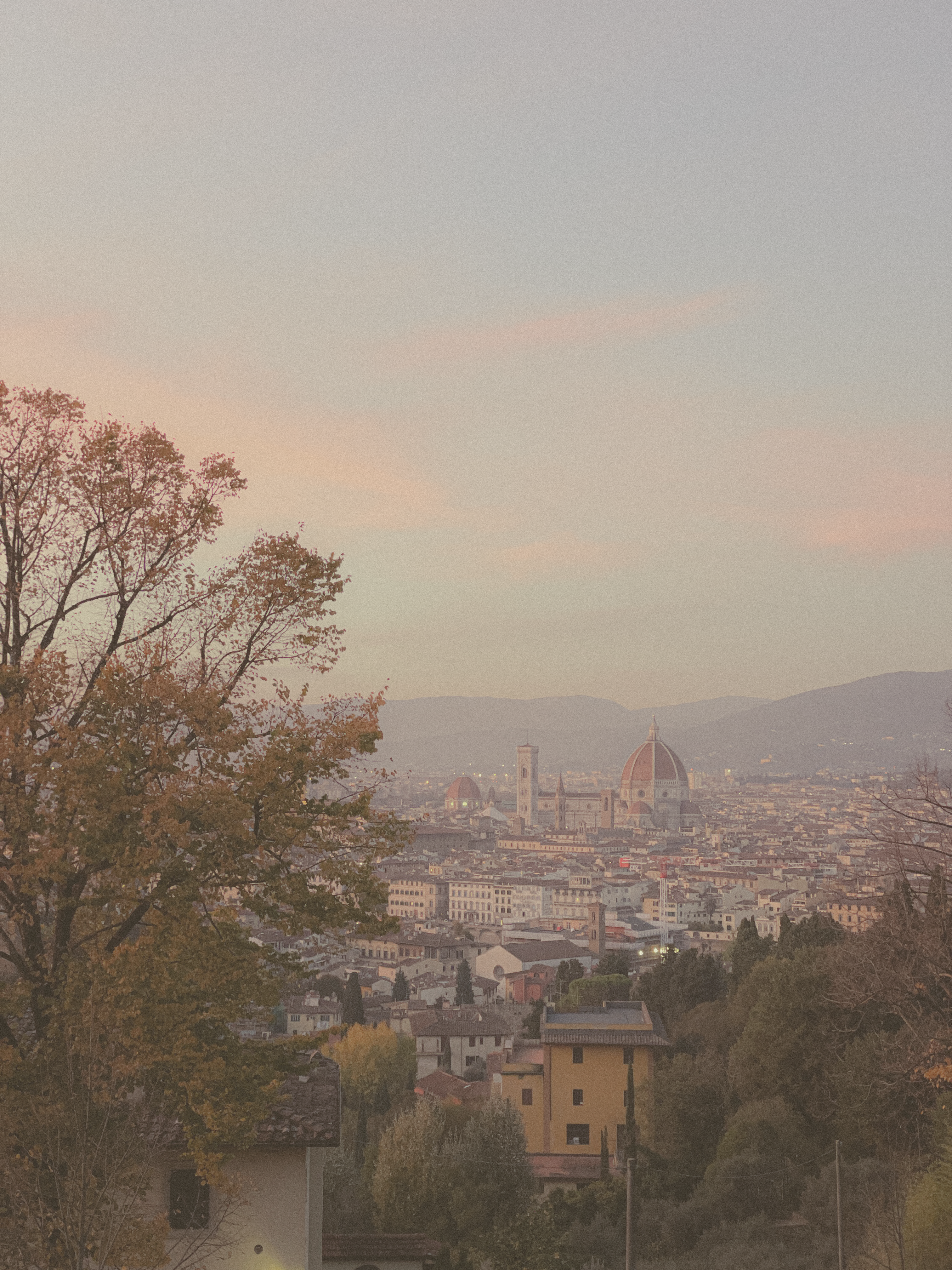
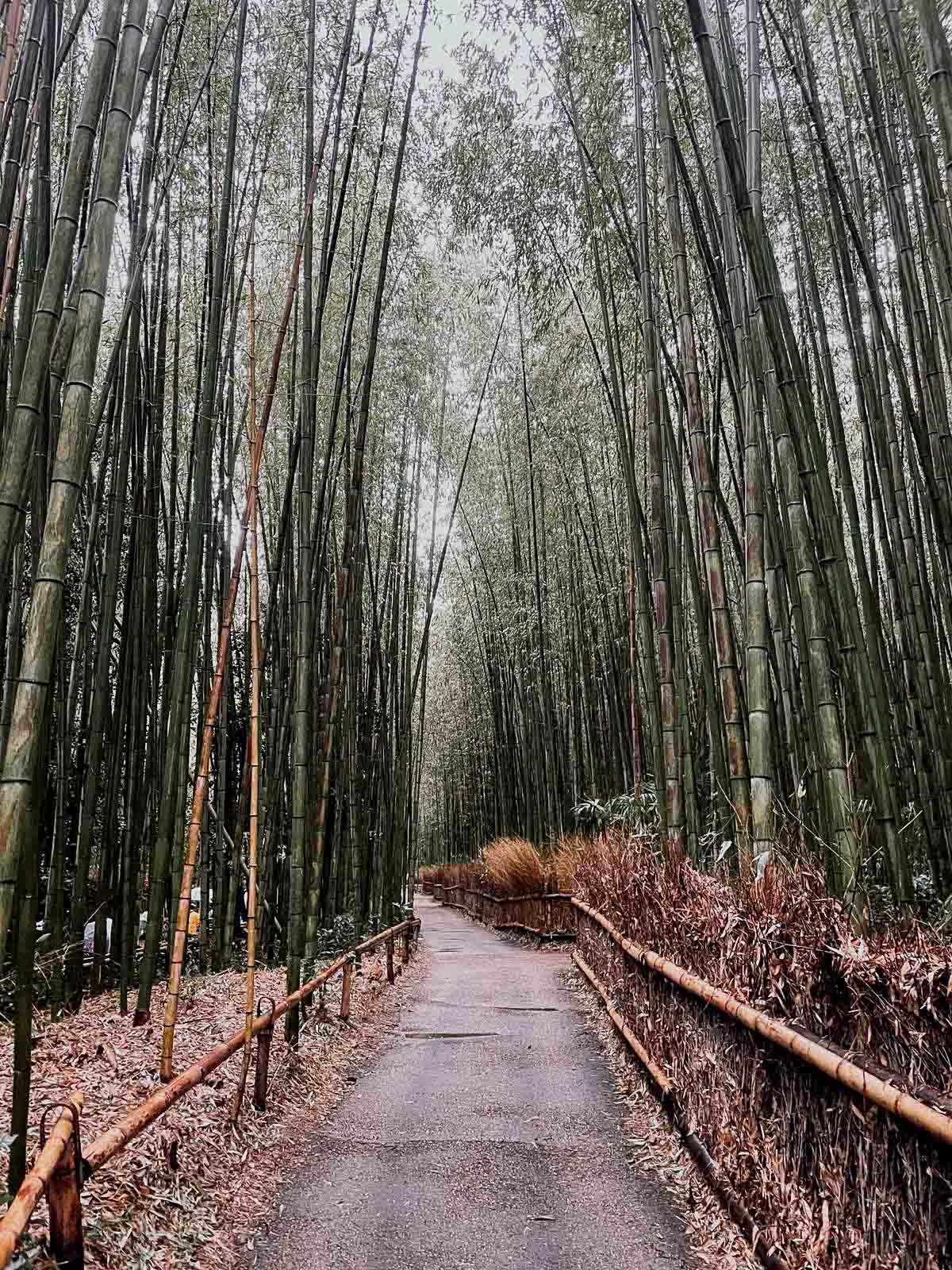
Kyoto is unlike anywhere I have ever visited. Nestled in the lush mountains of southern Japan, this unique place thrives on being known as the cultural capital and one of the nation’s most beautiful cities.
It’s slow culture and resoundingly diverse landscape exceeded my expectations and
quickly became one of my new favorite destinations. There is a reason why Kyoto is a place that
people re-visit so frequently. For starters, there is so much to see, and it is extremely accessible from Tokyo. The bullet train will get you there in just over two hours.
But if you ask me, and most seasoned travelers, going for a day trip is simply not enough. That being said, 3 days in Kyoto will only scratch the surface.
This 3-day Kyoto itinerary includes the best things that Kyoto has to offer with a slight bias towards zen wellness – touching on sushi, waterfalls, and of course, onsens.
Day one of your Kyoto Itinerary will gently open you to what the city has to off- first stop of course is your hotel.
This hotel is built for relaxation and rejuvination. It has beautiful Japanese style rooms with tamami floors that are increadible to walk on, alongside incredible amenities including an onsite Onsen.
For the foodies, you won’t have to go far, they offer a traditional Japanese breakfast buffet that is nothing short of amazing.
I had high expectations of the Bamboo Grove and they were by far exceeded. At first, the Bamboo trail seems like a tourist trap, but if you keep going up to the Okashi Sansa Gardens, it becomes more secluded. Take the detour to go to the viewpoint which looks over the city of Kyoto. Once you’ve finished gazing, head up to the Teahouse.
Here, you will drink fresh matcha in a hut immersed in the Bamboo trees. This was one of the more memorable and unexpected experiences of this trip.
The entire walk is about 1.5 miles but being encompassed by the beauty of the mountains you don’t even realize you’re walking that much.
If walking isn’t your thing, don’t worry you can take a Rickshaw Tour of the park. For those looking to get a deeper understanding of the culture and history of this unique place, I’d recommend signing up for a guided tour.
Over my time in Asai, the Kinkakuji Temple was by far the most picturesque that I visited. It has a sweepingly beautiful yellow Buddhist temple that is engulfed by a small lake with a backdrop of the Kyoto mountains.
If you continue the path, you will come across a small teahouse at the top. For only 500 yen (about $3 USD), you can get a cup of delicious and fresh matcha accompanied with a traditional rice cake. You can choose to sit in the garden or inside an extension of the temple; both are equally as beautiful.
Next up on the Kyoto Itinerary is something you absolutely can’t miss, even if you’re not a tea aficionado.
Kyoto is the birthplace of Matcha. If you are unfamiliar with Matcha, it is a concentrated version of Green tea. It is filled with natural caffeine and loaded with antioxidants.
From the Kinkaku Temple you can walk to many tea houses, like Umezono Sabo Tea House which takes you through the local streets of the Kinkaku area. Be sure to carve out time to stop at the many local art and crafts shops along the way.
If you want to experience the whole ritual of a tea ceremony, you will need to book a guided tea ceremony in advance.
Sushi Sei has some of the freshest sushi I have ever had the pleasure of indulging in.
It is imperative to sit at the bar do you can watch the sushi chefs endure in their craft. They have a chef’s special which includes all of the fresh catches of the day.
Feel free to also order a la cart and chat with the friendly chefs about your preferences.
Onsens are a part of ancient Japanese wellness culture that is still vibrant today. They are a one of the ways the Japanese stay calm in midst of the hustle that modern day Japan faces. And for tourists, they’re a nice way to unwind after a long day of walking.
Since Japan is a highly volcanic island, they have access to many natural hot springs, which is how the Onsen culture came to be. Their Onsens are filled with the fresh water from the hot springs in the mountains above, at the perfect temperatures for soaking.
OnYado Nono hotel provides you with an Onsen basket, including a traditional Japanese Onsen linen outfit, and beautiful amenities. This hotel had a total of 7 hot spring pools to soak in and it’s open late.
Day two of the Kyoto Itinerary marks the first morning waking up in Kyoto, and that can only mean one this: Japanese breakfast.
Before going on this trip, I was recommended to make sure I tried one thing; a traditional Japanese Breakfast.
I was lucky to find that our hotel was actually best known for this. It was filled with matcha cakes, poke bowls, and soy sauce infused eggs. The whole experience was beyond delicious.
This temple was truly mind blowing. It involves a 2.6-mile roundtrip walk through ancient red temples dating back to the 700’s.
This temple was built to commend the god of produce and good fortune and to give hope to the people in famine.
The walk leads you through thousands of ancient red columns and into the lush forest of the Kyoto mountains. A perfect combination of religion and nature. If you’re craving to learn more about the history of the temple, this three hour walking tour is highly recommended. You’ll learn all sorts of secrets that you’d otherwise miss.
This temple is one of the more historic temples of Kyoto. The architecture alone is worth the visit. Afterwards, you can explore the area of Shoren which is fun to stroll around and discover the wide array of beautiful local artisan shops.
After all of the sightseeing, it’ll be time for a snack. What a better place to get one than in the 400-year old Nishishi Market.
This market is home to 130 food stalls which include, Michelin star dumplings, wagyu sushi, and more.
While you can wander the market yourself, for the best experience I would book a food tour through the market.
This bar was straight out of a dream. It is frequented by locals and truly gives a hidden
experience to everyone who enters. This bar has floor to ceiling windows that overlook a bamboo field. It’s the most peaceful place ever created for a cocktail. Get the many variations of their espresso martinis for a fun drink.
Sushiiwa was noted as Steve Job’s favorite sushi place. Lucky for us, it still has the same owner and still only seats 20 people per night.
Be sure to get in early for reservations here. It’s worth every penny.
When you have hot springs at your disposal, make use of them.
This was one of the most desolate and local experiences that I had on this trip, and it couldn’t be left of the Kyoto Itinerary. It’s the kind of place that only gets recommended by word of mouth to preserve its beauty and relevance. You’ll start in the town of Kurama and follow the signs to hike up to Mt. Karuma.
The trail is very well marked and takes you through the many Buddhist shrines and temples that span over 2.5 miles. It is very steep but worth the climb. The views of the Kyoto mountains and the sounds of the Kibune waterfall stream will stay as motivation to get to the top.
As your last stop on your three day Kyoto Itinerary, Kibune doesn’t dissapoint.
Kibune is a cozy little town tucked away in the Kyoto mountains, and it’s a place you just don’t forget. It’s famous as the birthplace of Reiki, the Japanese energy healing technique, which adds to its charm.
The town is designed around an incredible, cascading waterfall that’s central to its appeal. One of the highlights of my visit was having lunch at Kibune Hirobun, a cool restaurant that extends right over the waterfall stream. Eating there means you’re literally dining above the moving waters, which is such a unique and amazing experience. It’s like something straight out of a fairytale and definitely a must-see.
After three days of experiencing the best of Kyoto, you’ll understand why it’s a city celebrated for its significant cultural heritage and stunning geography.
As the birthplace of profound religious practices such as Reiki and Buddhism, and known for its exceptional sushi, Kyoto offers a unique blend of spiritual history, wellness, and culinary excellence. It’s a city that is truly unparalleled.

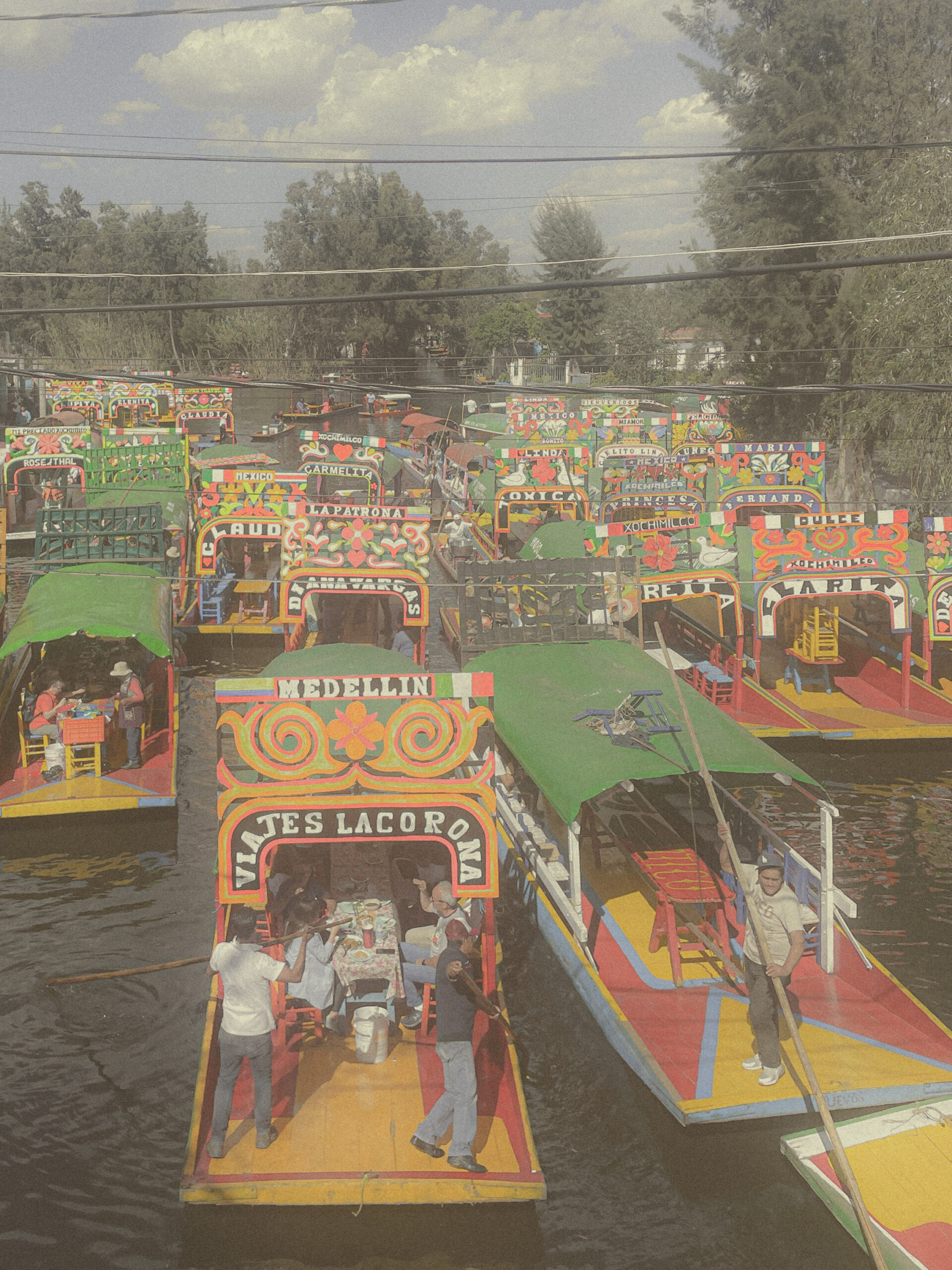
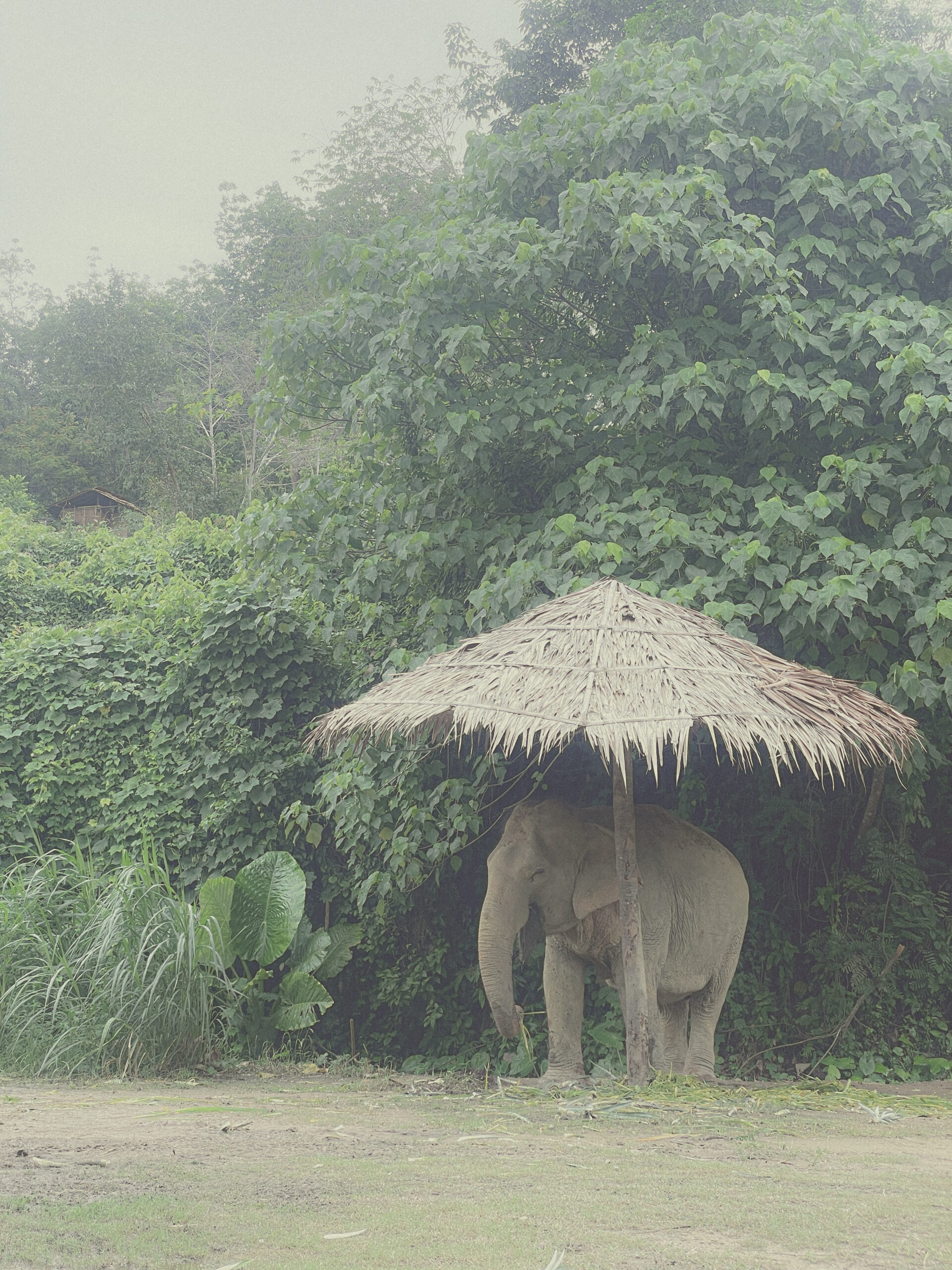

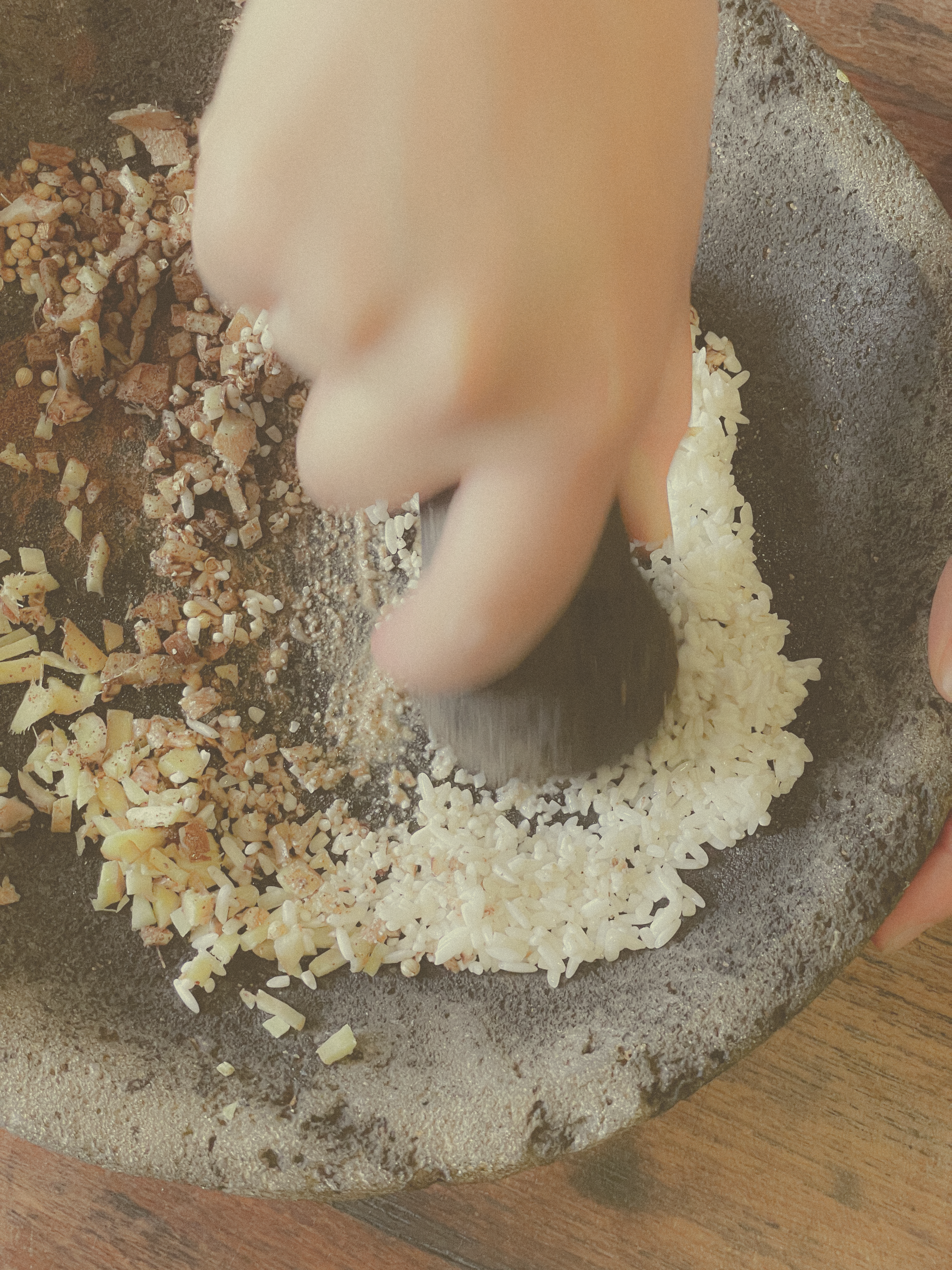
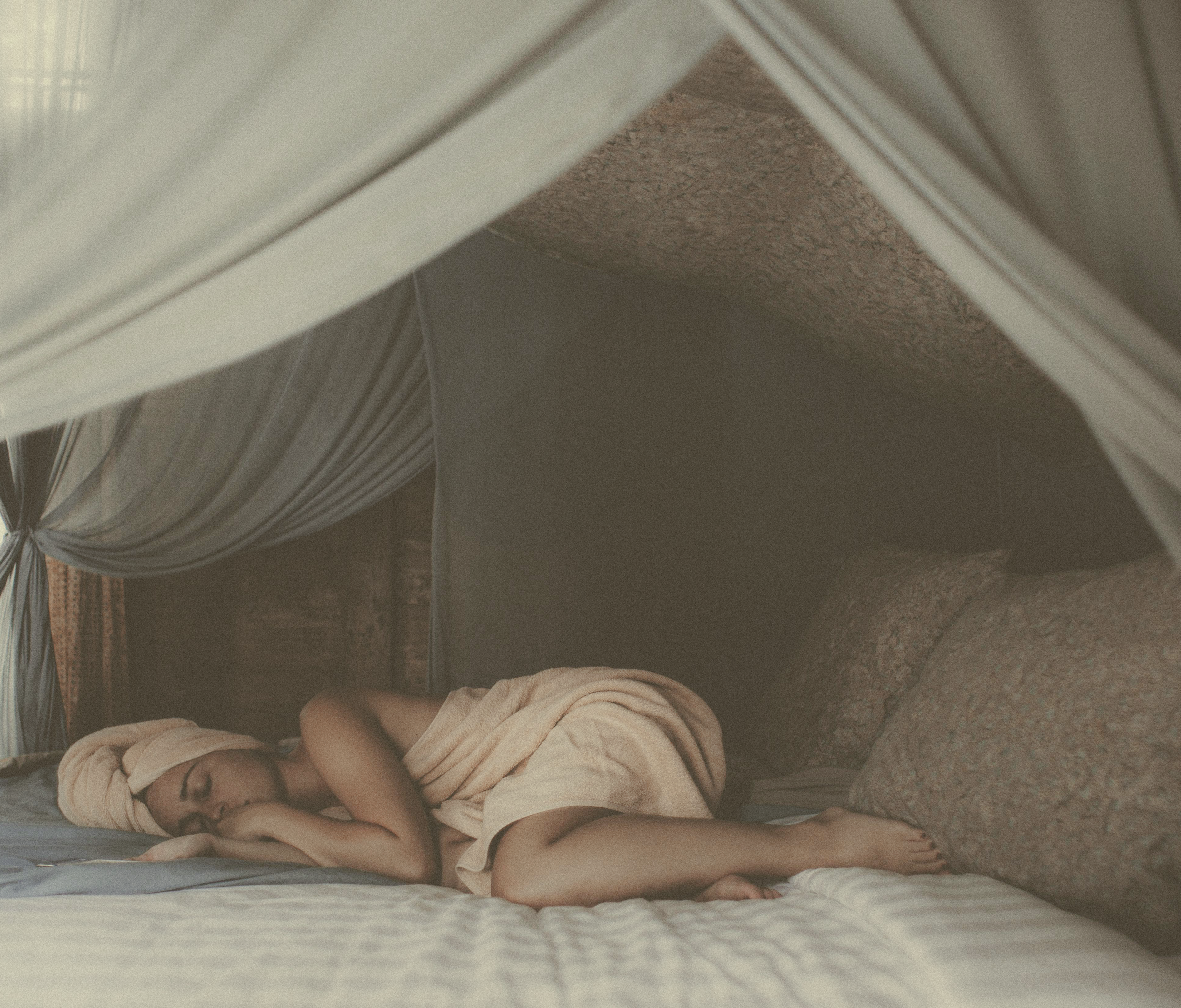


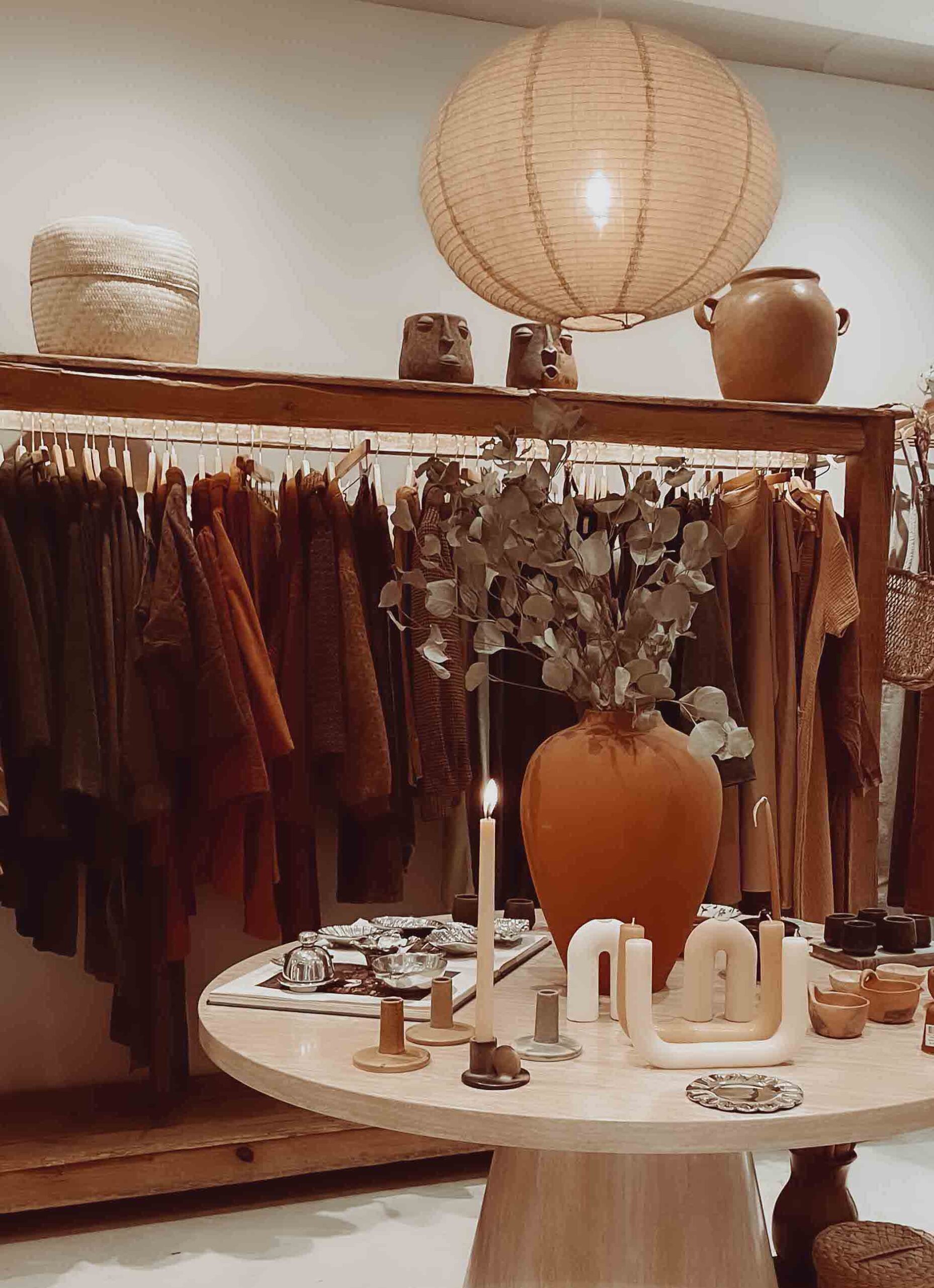
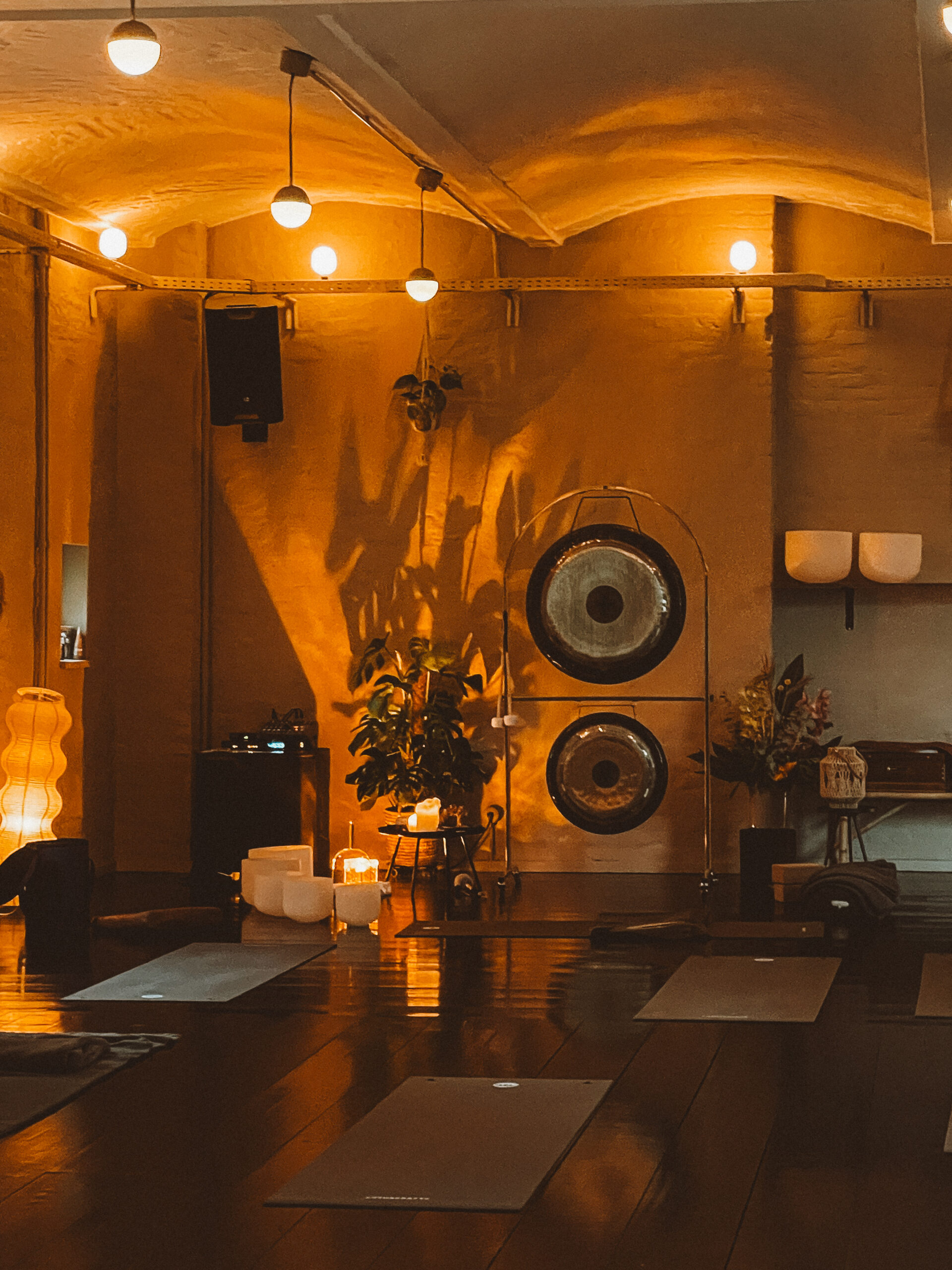
© 2023 Maia Conscious Living Privacy Policy | Gabs Nardo LLC